N8889-1QS 9/98
4XLFN6WDUW*XLGH
Introduction
This Quick Start Guide can help you install the ReadyGuard quickly and easily by providing the
basic steps for installation using the built-in defaults. For more detailed information and important
notes, refer to the ReadyGuard Installation Instructions.
The following steps assume that one of the system’s default tables will be used.
For programming data values and Powerline Carrier Devices other than those listed in the default
tables, see the Installation Instructions.
Default Table Summary
Zone Table 1 Table 2 Table 3 Table 4 Table 5
1 ------- ------- ------- ------- -------
2 front door front door front door front door front door
3 back door back door back door back door back door
4 window window window window window
5 motion detector motion detector window window motion detector
6 ------- smoke detector window window -------
7 ------- ------- window window -------
8 ------- ------- motion detector motion detector -------
9 ------- ------- smoke detector smoke detector -------
26 loop 3 arm away ‡‡‡‡
27 loop 2 disarm ‡‡‡‡
28 loop 4 close device 1 ‡‡‡‡
29 loop 1 restore device 1 ‡‡‡‡
30 loop 3 arm away ‡‡‡‡
31 loop 2 disarm ‡‡‡‡
32 loop 4 close device 1 ‡‡‡‡
33 loop 1 restore device 1 ‡‡‡‡
92 duress duress duress duress duress
99 silent alarm silent alarm silent alarm silent alarm silent alarm
User 1-2-3-4 1-2-3-4 1-2-3-4 1-2-3-4 1-2-3-4
Code
Install 4-1-1-2 4-1-1-2 4-1-1-2 4-1-1-2 4-1-1-2
Code
‡ zones 26 – 33 are button zones and programmed the same as in Table 1.
Entering Program Mode:
installer code + 8 0 0
Interactive Mode Used to Program
*
56
Zone Programming Zone characteristics, report codes, and serial numbers
*
83
Sequential Mode 5800 Series transmitter serial numbers
*84
Assign Zone Voice Descriptors Voice descriptors for each zone
Exiting Program Mode
*
99
allows re-entry into the Program mode using Installer Code + 8 0 0.
*
98
inhibits re-entry into the Programming mode using the Installer Code.
NOTES:
•
Tables 2 and 4 support the automatic paging feature (open/close events reported to pager phone
number), and a Powerline Carrier Device programmed as device 8, which closes and stays closed upon
burglary alarms and restores after bell timeout. For other applications or actions (e.g., using a pulsing
siren), see the *80 Powerline Carrier Device Programming section of the Installation Instructions.
•
Primary report format for all tables is Ademco’s Contact ID reporting. Tables 2 and 4 also use Contact ID
for secondary reporting. Tables 1, 3, and 5 use 4+1 format for secondary reporting.
•
Tables 1 and 5 record all events in the event log. Tables 2, 3, and 4 record only alarms, alarm restores,
troubles, and trouble restores in their event logs.
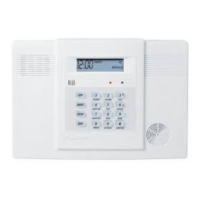
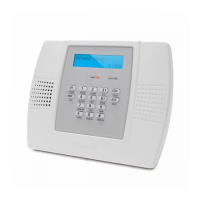





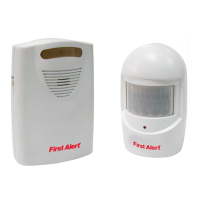


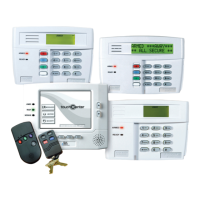
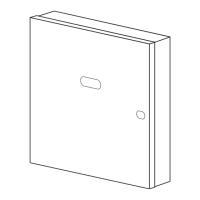

